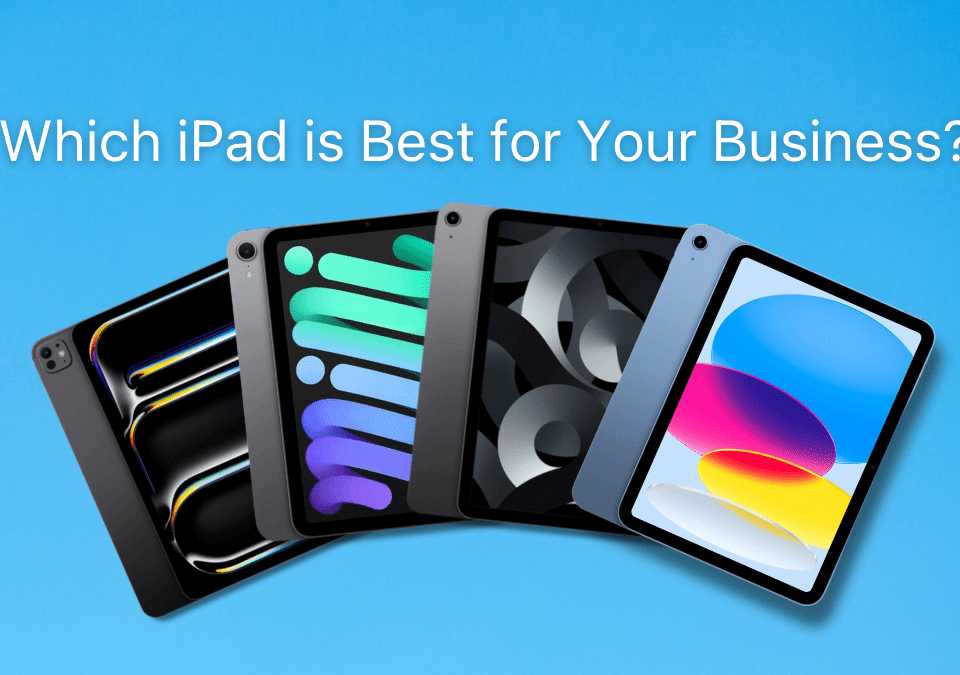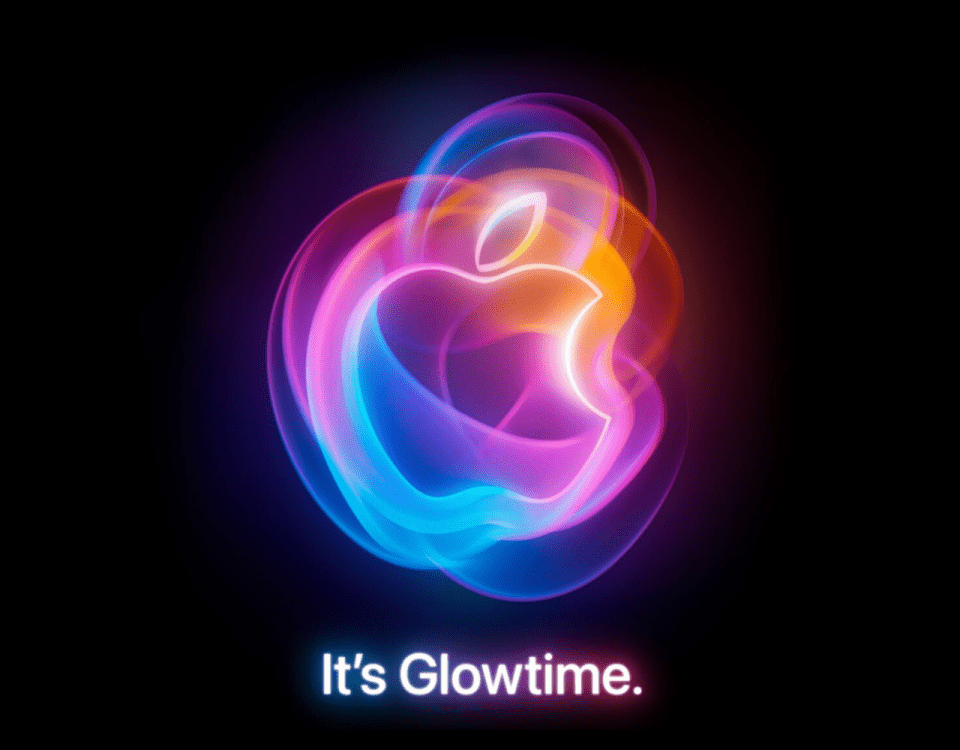Impact Of Phablets On Modern Smart Devices
Why Are UltraBooks Best For Your Business? Here Are Five Reasons Why!
22 April 2015UltraBooks Vs Laptops – What Is Your Choice?
28 April 2015With a surge in mobile users across the world, technology went one step ahead and introduced the concepts of smartphones and tablets to us. These are equipped with a capability to enable use of internet and web applications. Today, this phase seems to be passé with the advent of phablets.
What are phablets, you may ask?
Phablets are large phones, with a size ranging between that of a smartphone and a tablet. The popularity of phablets is chiefly attributed to Samsung, a world leader in modern phone manufacturing.
This trend was promptly followed by other major manufactures like HTC, LG, Huawei, and Sony. The need to be able to access features of a smartphone on a bigger screen led to the innovation of phablets. Statistics indicate that the Asian community forms a major chunk of world’s phablet users.
Impact on existing products
With the rise of phablets, Apple also tested the waters by coming out with iPhone5 and iPhone6 that had bigger screens. iPhones were an instant hit in the market and the revenues of Apple soared.
However, when on one hand, it tasted success with its iPhones, the sales of iPads and iPods plummeted. There was a simple reason – today, phones (especially phablets) combine the rich experience of music and clarity in picture capture with basic modern smartphone features.
The latest official figures from Apple indicate a sale of 21.4 million iPads as well as iPad minis. The enormous figure that it seems to be, this actually marked a decline in Apple’s revenues. There has been an estimated drop of 18% in the sale of iPads, a decrease attributed to the surge in demand for phablets. With ease of accessing rich music experience on phablets, iPods are today low on the buyer’s wish list.
Why use Phablets
PocketNow advocates the use of phablets. Phablets are a more convenient mode of accessing data on a bigger screen; they are also easy to upgrade to higher versions. They are also more portable as compared to tablets. In fact, phablets have attracted attention from the older generation – especially those with deteriorating eyesight. Technology geeks proclaim that phablets may completely replace smartphones and tablets by 2017.
Battery life seems to be a big concern for users, especially the ones always on move. Bigger phones or phablets have proven to have a better battery life what with the bigger battery that it can accommodate, as compared to other smartphones. There has also been an increased demand for multimedia usage, whether it is getting your daily dose of news from around the world on your phone to attending that video call with the client while still in the train. A larger screen enables better viewing and better texting capabilities. Perhaps this is why phablets have outdone smartphones and tablets in the long run.
References: Pocketnow, Daily Mail, Top Bananas



